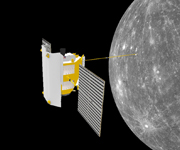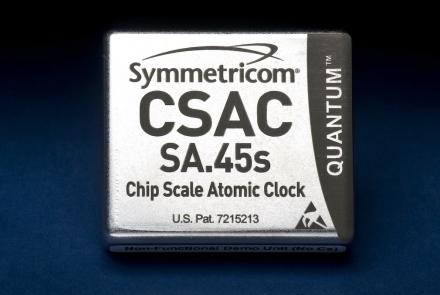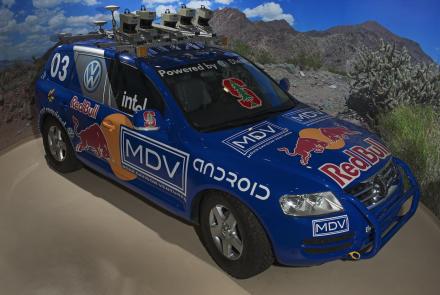Looking Ahead
Innovations
Researchers at the National Institute of Standards and Technology in Boulder, Colorado, first demonstrated a tiny atomic clock like this one in 2004 under a program sponsored by the Defense Advanced Research Projects Agency (DARPA).
The first commercially available chip-size atomic clock came on the market in 2011. It is made by Symmetricom, Inc.
Meet Stanley, a 2005 Volkswagen Touareg modified to navigate without remote control and without a human driver in the seat. Stanley won the 2005 Grand Challenge, a robot race sponsored by the Defense Advanced Research Projects Agency (DARPA), by successfully navigating 212 kilometers (132 miles) across desert terrain. The exact course had been kept secret until two hours before the race. Stanley is just one example of how navigation research may someday shape the way we drive.
Stanley decided how to navigate mapped terrain and unmapped obstacles in real time using onboard computers. It integrated a course map expressed in about 3,000 points of latitude and longitude, stored memory of past experiences, and new data about the road ahead gathered from rooftop laser sensors, video cameras, radar, and GPS antennas.








